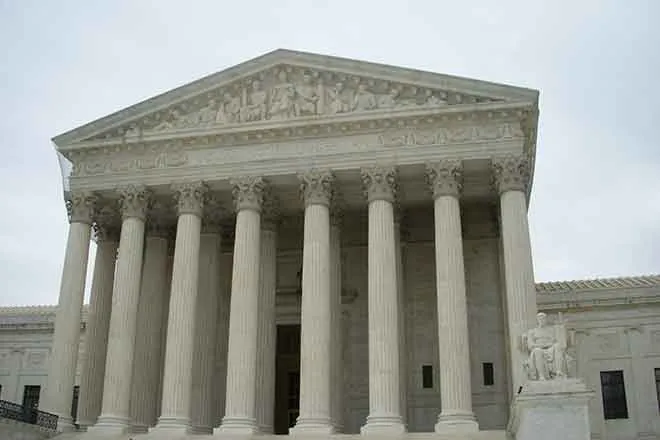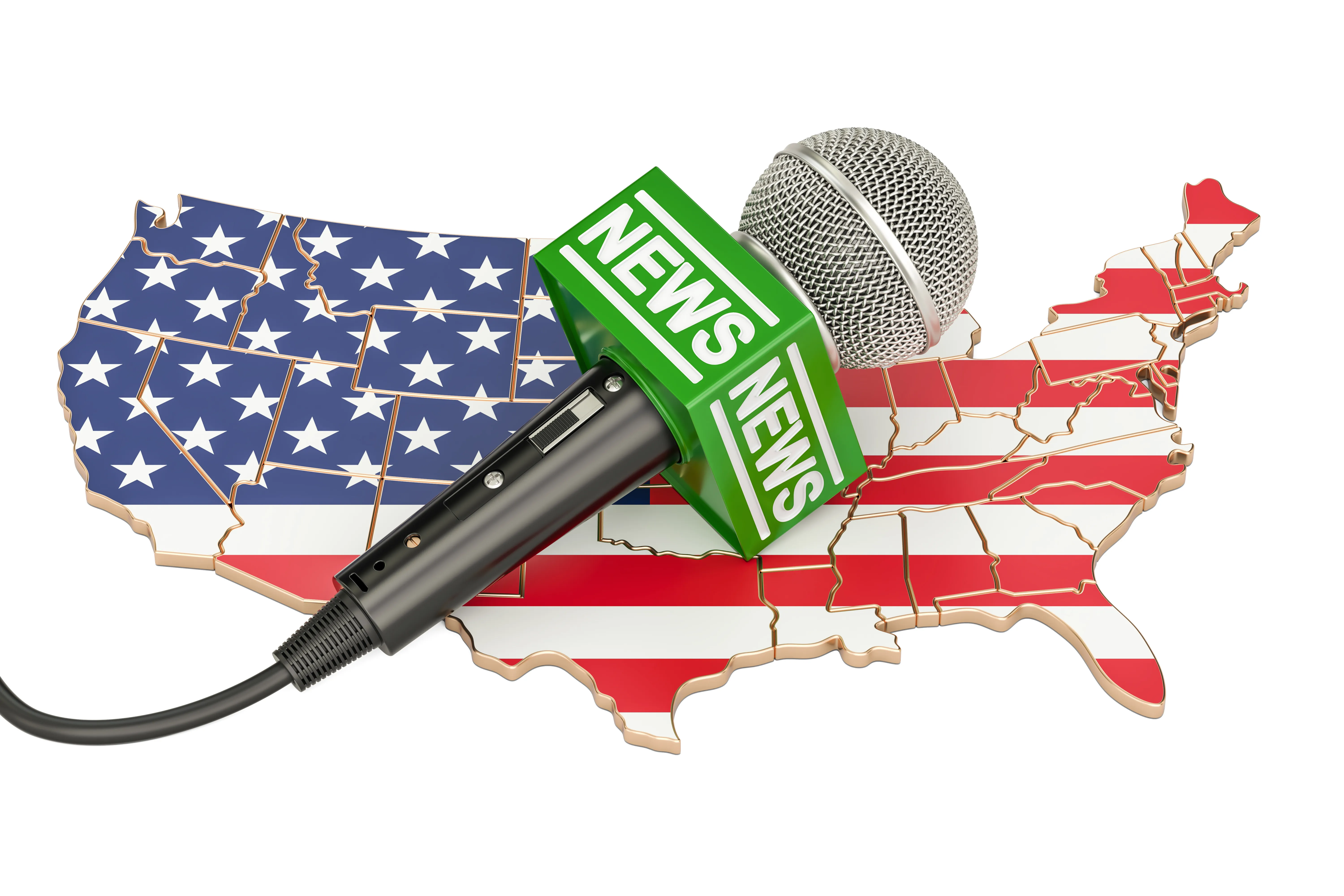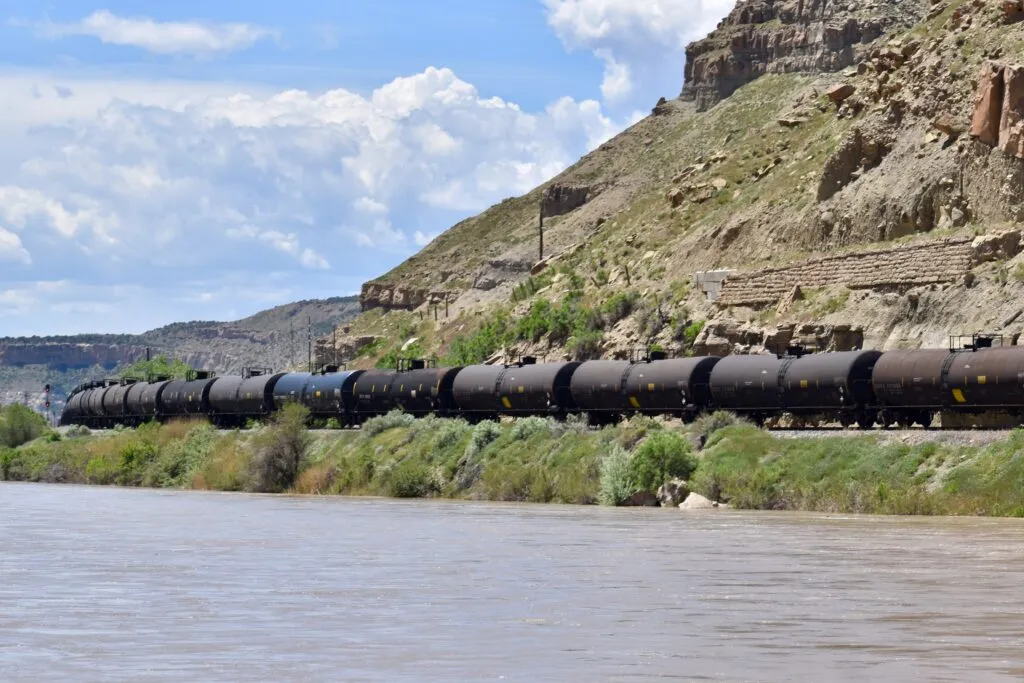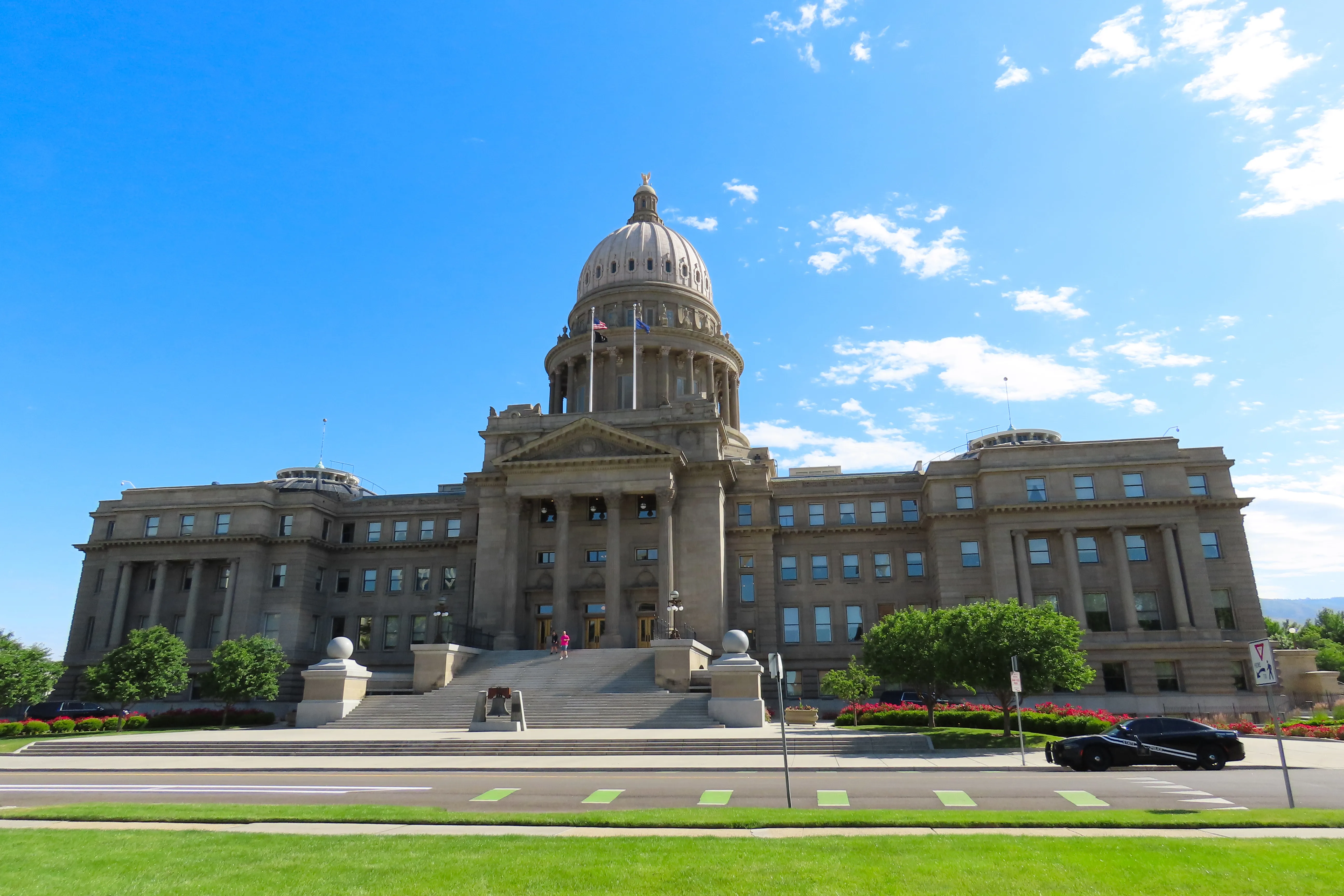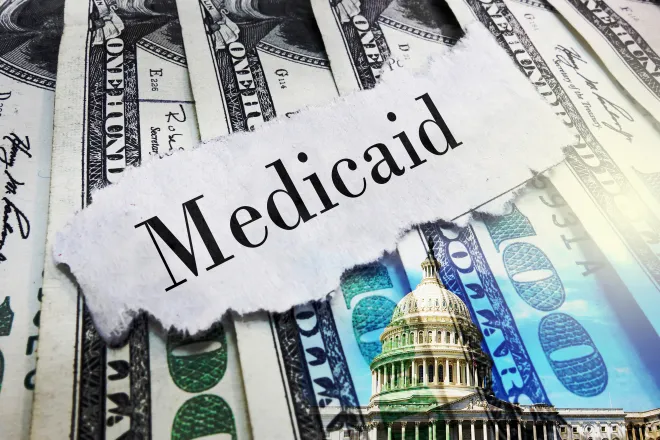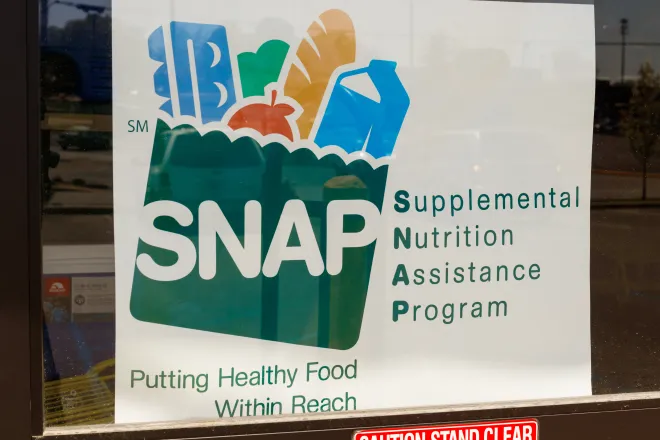
Shutdown ends, but more federal chaos looms for states
© zimmytws - iStock-511889079
Though Congress ended the record-setting federal government shutdown, many questions remain for states that were already wading through seismic federal changes.
One major uncertainty: whether and how states will be reimbursed for the costs they incurred, as they have been in previous shutdowns. And for the longer term, the shutdown offered a glimpse into the funding challenges facing states. They’ll have to rely more on their own money and staff to keep federal programs going even at a time when many face their own budget problems.
That’s a top concern for the federal food stamp program, known as the Supplemental Nutrition Assistance Program, or SNAP. Amid conflicting federal guidance during the shutdown, states reacted in different ways: Some issued partial benefit payments, others sent aid to food banks to keep people from going hungry.

But even after the government reopening restores SNAP aid, other challenges loom. The major tax and spending law enacted this summer tied SNAP funding to state error rates, which measure the accuracy of benefit payments. Advocates fear the shutdown will increase error rates because of conflicting federal guidance.
“States are really worried,” said Crystal FitzSimons, president of the Food Research & Action Center, a nonprofit working to address poverty-related hunger.
And states have been rushing to inform rural residents, veterans and older adults that they will soon be forced to meet work requirements or lose SNAP benefits. It’s just the first in a wave of cutbacks to the nation’s largest food assistance program required under the One Big Beautiful Bill Act that President Donald Trump signed in July.
FitzSimons said the shutdown highlighted the importance of SNAP and how “untenable” many of the upcoming changes will prove for states. For now, states are working to get benefits to people immediately, and then will focus more on questions of reimbursement and ongoing changes to SNAP.
“The hope is that states will be able to move quickly and then turn their attention to all the changes,” she said.
While public attention has centered on the shutdown chaos in recent weeks, more fundamental changes are occurring outside the spotlight, said Eric Schnurer, founder and president of Public Works, a consulting firm specializing in government performance and efficiency.
“The ground is shifting under their [states’] feet even as this goes on,” he said. “Even if the Trump administration and his policies were to pass on in another three years, there are serious structural changes in the relationship between state and federal government.”
Since taking office, the Trump administration has stripped states and cities of billions of dollars that Congress approved for education, infrastructure and energy projects. And the president’s One Big Beautiful Bill Act mandates deep cuts to social service programs, including Medicaid and food stamps.
Under the law, states will be required to pay a greater share of administering SNAP in the coming years. That requirement, along with eligibility changes, could result in millions of Americans losing benefits.
“I think the public in general got a taste of what that might look like over the past month,” Schnurer said, referencing the shutdown’s first-ever disruption to SNAP benefits.
State-federal strain
The legislation to reopen the government approved by Congress and signed by the president this week says that states shall be reimbursed for expenses “that would have been paid” by the federal government during the shutdown.
“So that sounds promising for states,” said Marcia Howard, executive director of Federal Funds Information for States, which analyzes how federal policymaking impacts states.
But it’s unclear how that language will be interpreted. For example, states that sent money to food banks for emergency food assistance are less likely to be made whole compared with states that sent funds through existing federal programs like SNAP, she said.
California dedicated $80 million in state funds and deployed the National Guard to food banks across the state. But Virginia launched a temporary state-level version of the federal food stamp program.
Previous administrations have been more flexible with federal funds, making it easier for states to receive funding or reimbursement, Howard said.
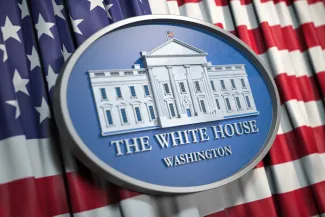
© Bet_Noire - iStock-1264844457
“This administration is really more holding states’ feet to the fire perhaps than other administrations have. So I think they’ll be less permissive in who and how they reimburse,” she said.
It could take weeks or months before states know the full fallout from the shutdown, especially with food assistance.
“[States] did such different things, and I think there’s going to be a fair bit of back-and-forth: should this be covered? Should this not be covered?” Howard said.
The shutdown and its aftermath underscore the ongoing strain between state and federal governments, said Lisa Parshall, a professor of political science at Daemen University in New York.
Federal uncertainty can cause state leaders to be more cautious about their own budgets — similar to how an economic downturn can decrease consumer spending, she said.
In some ways, even though the shutdown is over, things are not going to go back to ‘normal.’
“There’s a delay of services, there’s a diminishment of capacity and partnership, and those things might be harder to quantify when you’re talking about what is the cost of the shutdown,” she said. “But I think those are real costs.”
And the end of the shutdown does not extinguish those tensions.
“In some ways, even though the shutdown is over, things are not going to go back to ‘normal,’” she said.
More changes coming
Aside from spending cuts and new administrative costs, Trump’s July law made major tax code changes poised to cost many states, said William Glasgall, public finance adviser at the Volcker Alliance, a nonprofit that supports public sector workers.
Most states use the federal tax code as a basis for their own income tax structures, so changes at the federal level can trickle down to state tax systems or states can choose a different structure to avoid those changes.
Last month, a Massachusetts budget official said federal tax changes would cost the state $650 million in revenue this budget year.
So even with the government back open, states have to plan for some level of unpredictability, Glasgall said. And the future of entire agencies like the Department of Education remain up in the air, he noted.
“So there’s still a lot of uncertainty, even with this bill,” he said.
On Wednesday, state budget analysts briefed Maryland lawmakers on the $1.4 billion budget gap they could face as they head into the 2026 legislative session.
That figure does not include the fallout from the federal government shutdown, which may not be known for months, according to Maryland Matters.
In late October, Democratic Governor Wes Moore declared an emergency and directed $10 million in state funds toward food banks and pantries. Earlier this month, he announced $62 million in state funds would be deployed directly to SNAP recipients.
Rhyan Lake, a Moore spokesperson, told Stateline that Maryland expects the federal government to reimburse the state for its SNAP expenditures during the shutdown.
But lawmakers are still gearing up for a hit from major federal changes.
In addition to cuts from Trump’s domestic tax and spending law, Maryland has lost about 15,000 federal jobs, budget officials said. But many federal workers who took buyouts were paid through September. And the shutdown caused a pause in federal employment data, potentially concealing the true impact.
State Senator James Rosapepe, Democratic chair of the joint Spending Affordability Committee, said he’s worried the state has only seen the beginning of its federally induced fiscal challenges. He also noted that this week’s shutdown-ending legislation only assures the government remains open through January, meaning another shutdown could be just a couple months away.
“We’re less than a year into the administration, and the effects of things they’ve already done don’t seem to have flowed through yet to the data that we have, which leads me to believe that the worst is yet to come,” he said.


